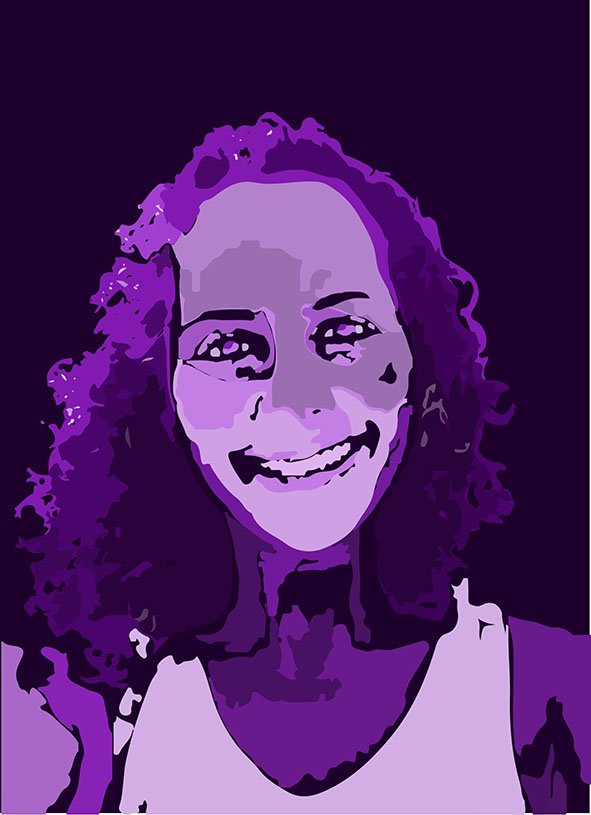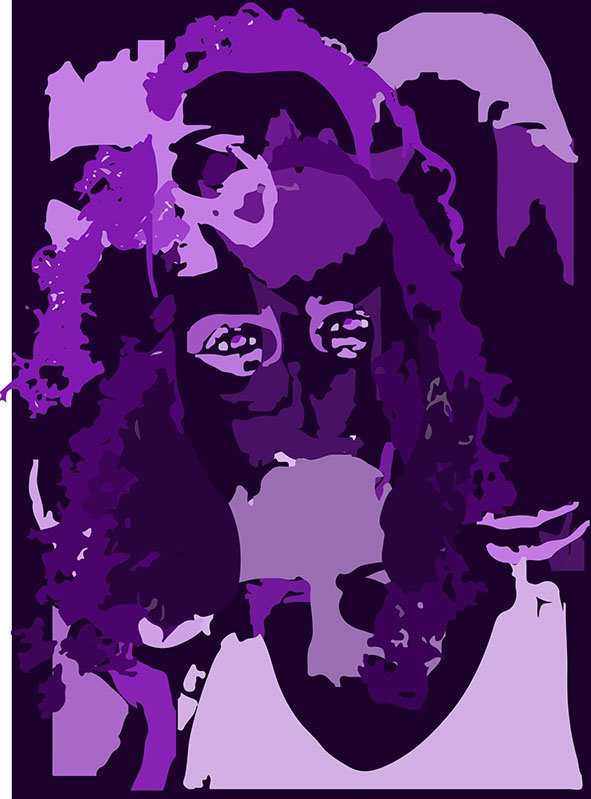 De mi Autoria
De mi Autoria
| Español / Spanish | Ingles /English |
|
La instalación artística, como tema de estudio, es la forma idónea de generar interacción entre el sujeto y el objeto. En las artes visuales, la presencia de las artes plásticas, las cuales han llevado el discurso de la creación durante la mayor parte del desarrollo de la humanidad, muestra diversas formas de expresar las propuestas al espectador. Entre las artes plásticas las más destacadas, frecuentes y de mayor trascendencia se encuentran la pintura, el dibujo, la escultura, entre otros; también conocidas como artes tradicionales, proporcionando un carácter de diversidad a la producción de cada artista. Por su parte, según García (2008) la manifestación de “Las vanguardias marcan en la historia del arte un punto de inflexión” (p.202). El punto de inflexión de las vanguardias llevan a crear nuevos discursos y lenguajes particulares que se contraponen, se asimilan o se asocian, buscando la relación entre la permanencia y la finitud, entre lo estable y lo cambiante, lo longevo frente a lo nuevo, lo figurativo frente a lo abstracto, entre otras muchas posibilidades de variables que se marcan por los materiales, las técnicas, las dimensiones, por ende, la presencia del valor artístico, el valor social y el valor histórico, mientras que el valor estético, como proceso creativo, el artista, el objeto y quien la observa posibilitan otro abanico de opciones, que hacen de la obra la vivencia de una espiritualidad presente. Dentro de esa multiplicidad de posibilidades del lenguaje de las artes visuales se permean las nuevas tendencias, dentro de las cuales destacan el ensamblaje, la instalación, el arte público, el arte conceptual, el body art, el happening, el performance, el Net Art, entre otros. Así, la instalación, se convierte en una referencia creativa por los artistas plásticos, donde el espacio es percibido de un modo particular e interactuante con la tridimensionalidad y el espectador se hace activo en ese entorno, que puede buscar la permanencia en lo efímero. De esa manera, la instalación se consideran obras de arte abiertas que necesitan de la interacción con el público para adquirir un sentido completo, suelen ser efímeras y pensadas para un lugar y tiempo determinado, aunque de igual modo pueden tener permanencia, y está relacionada con la escenografía teatral o con el montaje de exposiciones y muestras. “…en una instalación artística se trataría de conferir dignidad, al menos, a un espacio especial, el del arte.” (Larrañaga, 2001, p.102). La interacción que logra con el espectador, se da motivando a la percepción sensorial en cualquiera de los sentidos, ya sea vista, oído, gusto, tacto u olfato; o despiertan emociones, sentimientos o reflexiones. De acuerdo al concepto y contexto que desee el artista, la instalación puede presentarse en cualquier espacio y ser realizadas con los más variados materiales, medios físicos, visuales o sonoros, incluso en muchas ocasiones son acompañadas por otras disciplinas artísticas como la fotografía, el videoarte o el performance. Según Solís Mora (1990), la instalación o acción de instalar elementos “…es la manera en que se aborda el área museística o área a intervenir, que no contiene objetos, con la finalidad de construir una realidad transitoria a nivel sensorial, que al desmontarse se transformará en memoria de tiempo-espacio en el espectador”. (p. 32). Es decir, la instalación se caracteriza por permitir al espectador interactuar con los elementos que la envuelven, haciendo que este se introduzca en un mundo paralelo a la realidad y que a su vez le permita relacionarse con el arte. La instalación, por tanto, tiene como particularidad incorporar cualquier medio con el fin de generar la experiencia visual o conceptual en un ambiente. Los medios a utilizar hoy varían desde materiales naturales hasta los más nuevos medios de comunicación, tales como fotografía, video, sonido, computadoras e internet, o incluso energía pura como el plasma, llevándonos en consecuencia a plantear el evento de estudio, siendo el caso la incorporación de la fotografía a partir de la propuesta del Net Art o la utilización de medios digitales para el soporte visual. |
The artistic installation, as a subject of study, is the ideal way to generate interaction between the subject and the object. In the visual arts, the presence of the plastic arts, which have carried the discourse of creation during most of the development of humanity, shows different ways of expressing the proposals to the viewer. Among the plastic arts the most outstanding, frequent and of greater transcendence are painting, drawing, sculpture, among others; also known as traditional arts, providing a character of diversity to the production of each artist. On the other hand, according to García (2008), the manifestation of "The avant-gardes mark a point of inflection in the history of art" (p.202). The inflection point of the vanguards lead to the creation of new discourses and particular languages that are opposed, assimilated or associated, seeking the relationship between permanence and finitude, between the stable and the changing, the longevity versus the new, figurative versus abstract, among many other possibilities of variables that are marked by materials, techniques, dimensions, therefore, the presence of artistic value, social value and historical value, while aesthetic value, as a process creative, the artist, the object and whoever observes it allow another range of options, which make the work the experience of a present spirituality. Within this multiplicity of possibilities of the language of the visual arts, new trends are permeated, including assembly, installation, public art, conceptual art, body art, happening, performance, Net Art. , among others. Thus, the installation becomes a creative reference for visual artists, where space is perceived in a particular way and interacting with the three-dimensionality and the viewer becomes active in that environment, which can seek permanence in the ephemeral. In this way, the installation is considered open works of art that need interaction with the public to acquire a complete meaning, they are usually ephemeral and designed for a specific place and time, although they can also have permanence, and are related to the theatrical scenery or with the assembly of exhibitions and exhibitions. & ldquo; ... in an artistic installation, it would be a matter of conferring dignity, at least, on a special space, that of art. & rdquo; (Larrañaga, 2001, p.102). The interaction achieved with the viewer is given by motivating sensory perception in any of the senses, be it sight, hearing, taste, touch or smell; or awaken emotions, feelings or reflections. According to the concept and context desired by the artist, the installation can be presented in any space and be made with the most varied materials, physical, visual or sound media, even in many cases they are accompanied by other artistic disciplines such as photography, video art or the performance. According to Solís Mora (1990), the installation or action of installing elements & ldquo; ... is the way in which the museum area or area to be intervened is addressed, which does not contain objects, with the purpose of constructing a transient reality at sensory level, which when it is dismantled, it will be transformed into a time-space memory in the viewer. & rdquo; (p 32) That is, the installation is characterized by allowing the viewer to interact with the elements that surround it, making it enter a world parallel to reality and in turn allow it to relate to art. The installation, therefore, has as particularity to incorporate any medium in order to generate the visual or conceptual experience in an environment. The means to use today vary from natural materials to the newest means of communication, such as photography, video, sound, computers and the internet, or even pure energy such as plasma, leading us to propose the study event, being the case the incorporation of photography from the Net Art proposal or the use of digital media for visual support. |
| Boceto de la primera imagen intervinida: | Sketch of the first image intervened: |

|

|
|
Tesis: Traspolación del Rostro Autor: Lic. José Contreras Universidad de Los Andes Merida, 2017 |
Thesis: Face Transpolation Author: Lic. José Contreras University of the Andes Merida, 2017 |
Congratulations @gabrielmalaguera! You received a personal award!
You can view your badges on your Steem Board and compare to others on the Steem Ranking
Do not miss the last post from @steemitboard:
Vote for @Steemitboard as a witness to get one more award and increased upvotes!
Congratulations @gabrielmalaguera! You received a personal award!
You can view your badges on your Steem Board and compare to others on the Steem Ranking
Do not miss the last post from @steemitboard:
Vote for @Steemitboard as a witness to get one more award and increased upvotes!